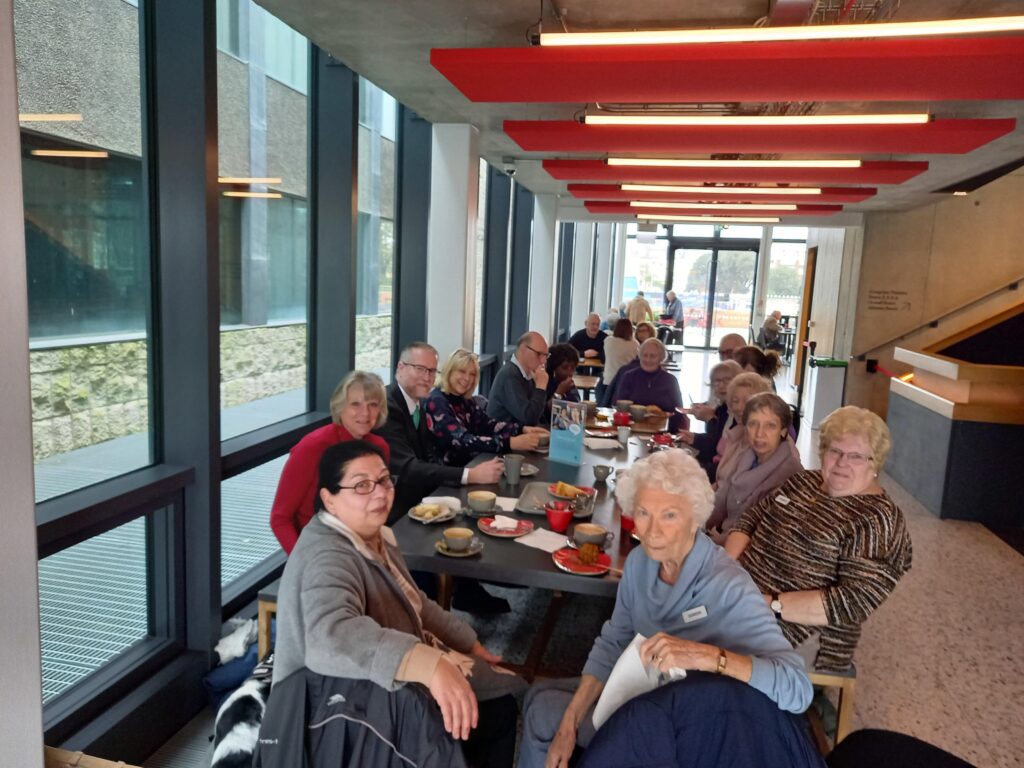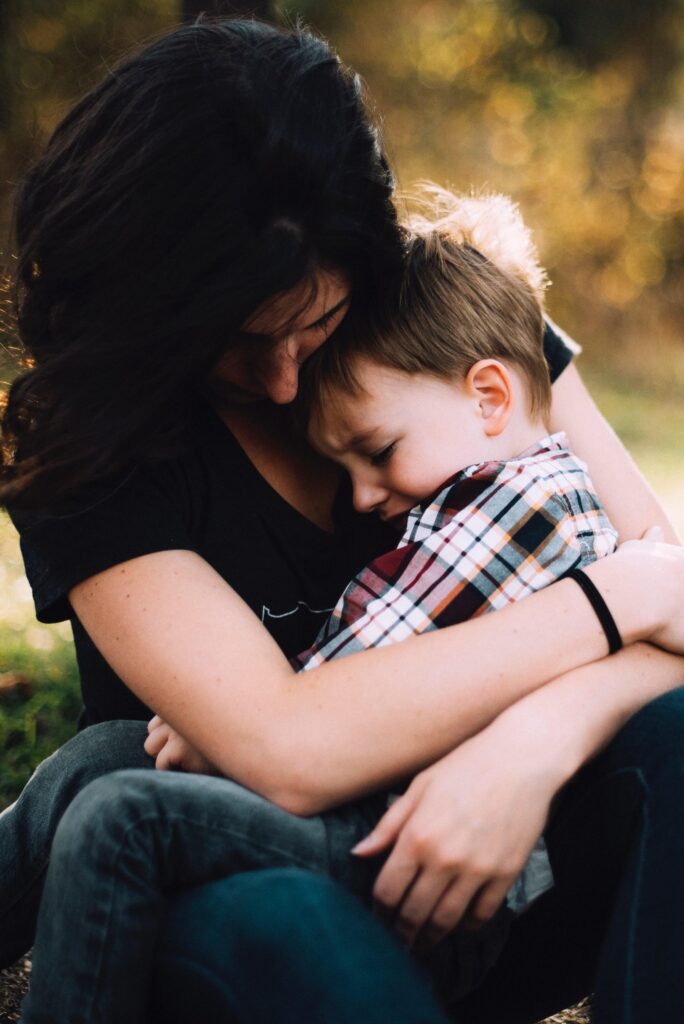One answer lies in the chance to voice things that we may not have been able to say to the person before they died. Sharing unsaid thoughts and memories with people who shares our love for the person we are grieving for, while hearing their stories in return is part of piecing together what that person meant to us.
There’s also something powerful in the physical presence of others experiencing grief to remind us that we are not alone. Even the seemingly unbearable can be borne when you know others are experiencing it too. Being together is a chance to see, hear and feel other people’s grief in a way that is difficult to believe in words. There’s also the need to embrace, cry and laugh together.
All of which make the current restrictions due to Covid-19 so particularly difficult for those tragically coping with the death of a loved one during lockdown. Much of how we expect to grieve may not be possible. But by understanding how collective grieving works there are ways of still making it happen, albeit in ways we might not expect.
Funerals, wakes and the informal gatherings that happen afterwards play a crucial role in starting to understand the loss we’ve experienced, as well as taking the first painful steps through grief. We take part in a series of mourning rituals at these events that, despite differing between each and every culture, have in common a way of bringing people together.
This process of taking comfort in sharing bereavement rituals is known as collective mourning. It’s an opportunity to celebrate a life that has past in whatever way feels right for that person. These can be formal or informal, religious, spiritual or unique in their expression; from taking it in turns to lay flowers, sprinkling dirt on the grave, lighting a candle, adding notes to a message tree or singing together.
The sharing of stories and memories often comes out in those conversational and informal moments that happen after the official ceremony. Doing this collectively means we get to witness how many lives were touched by the person who has died, which in itself can be very comforting.
In whatever form it takes, collective mourning can give structure and expression to a sequence of emotions which are often difficult to make sense of. Those that bear witness to our grief can help validate our emotions and create a sense of connectedness. These shared experiences offer memorable, tangible proof we are not alone.
Grief during a pandemic
The COVID-19 pandemic has changed how people can say goodbye and mourn. Funerals are still taking place, but as they are restricted to immediate family and must abide by social distancing rules, many of those experiencing a bereavement may not be able to say goodbye and publicly express their grief in the way they would like to. This can only make grief more difficult to handle.
Yet there are ways of experiencing the powerful benefits of collective mourning within these restrictions. Information here looks at how to conduct a virtual funeral that makes traditional rituals possible while being apart. People can still share stories, sing together, drink together and light a candle over a video call. But grief doesn’t end with a funeral.
Here are some ways you can continue to offer meaningful comfort during lockdown:
- Set up regular calls and check ins with those going through bereavement. Recreate coffee dates or regular dinner plans you had in a virtual way and listen without judgement. Remember there is no right, wrong or normal way to grieve.
- Send a care package. As you might normally bring round a cooked meal, you can send a delivery version to let someone know you’re thinking about them. You can even use food as a celebration of life and remembrance, such as helping recreate their loved one’s favourite meal.
- Remember dates. If a birthday or anniversary date of the person who has died is coming up, ask if they’d like to commemorate this with a virtual call, party or just a quiet toast over the phone. This can be a time to share stories, or look back at how those days were celebrated and enjoy memories together.
- Create an online album. This can be a shared folder online where loved ones can continue to add pictures or memories they find overtime. You can set a date to all go through and reminisce together.
- Look forward. Talk about what you could do together to celebrate the person who has died once lockdown is lifted. Work on invite lists and what details might be included. Our funeral directors can offer more information on events which can be held at a later date including memorial services, celebrations of life gatherings, scattering ashes ceremonies or organising an ashes interment.
While so much is uncertain right now, lockdown will not last forever, and we will be able to reconnect with family and friends we’ve laughed and cried with over a screen in person. Until that time comes staying connected will matter more than ever.

